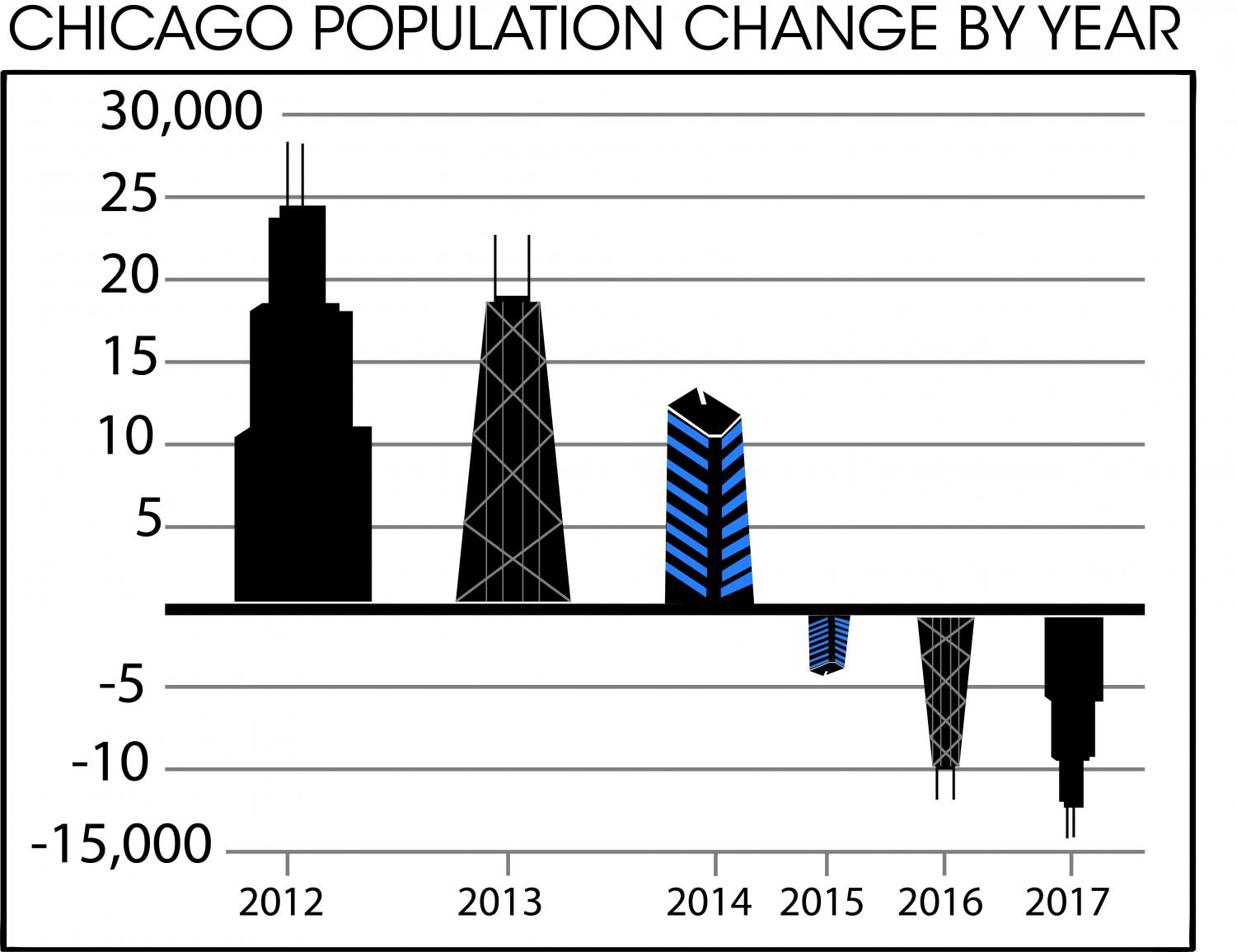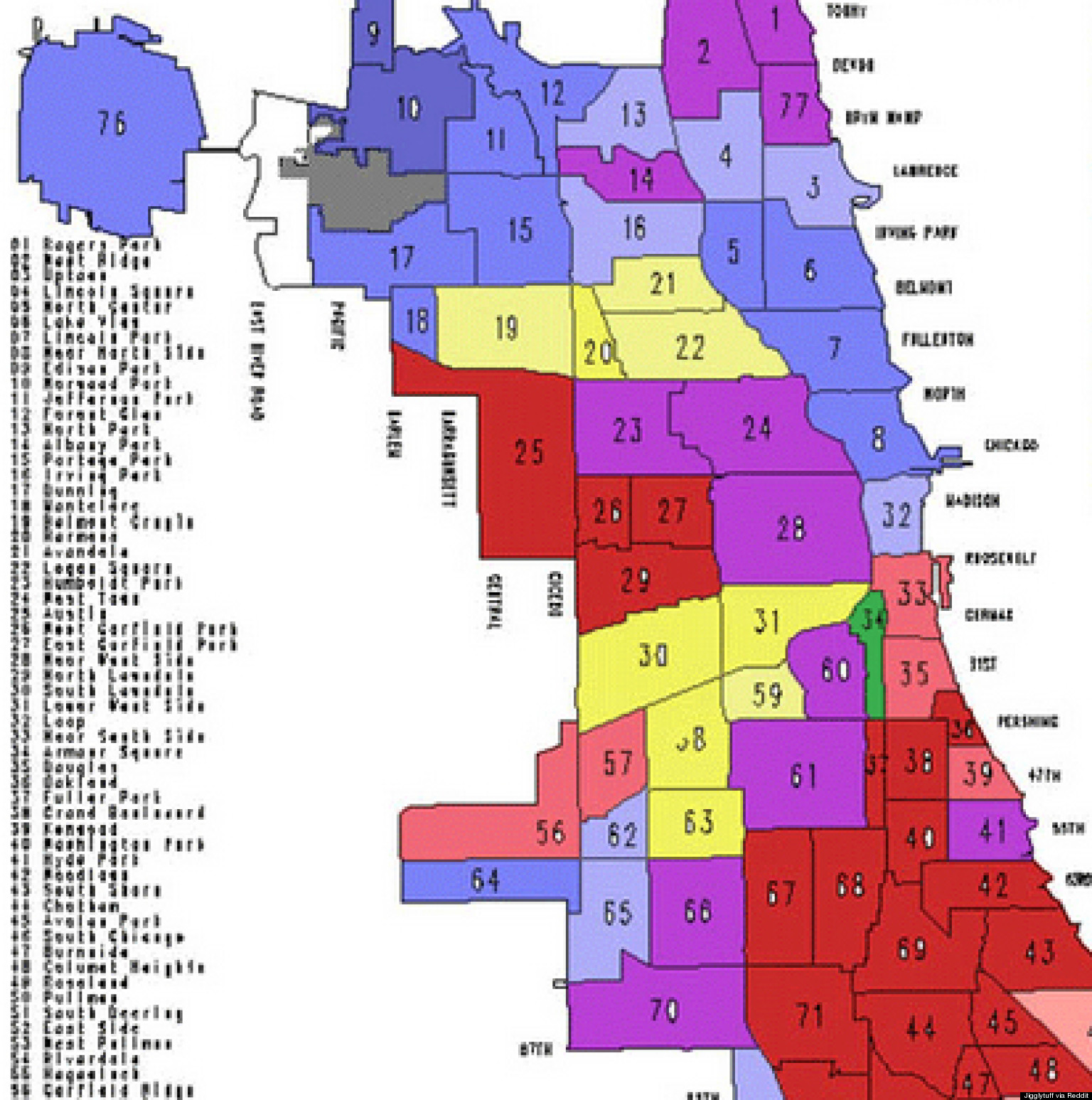
“So many of our formulas are based on population,” Msall said. Laurence Msall, president of the budget watchdog group The Civic Federation estimated the state could receive at least $100 million in additional federal funding based on the new population data. “It would require much more analysis into the states with overcounts and undercounts to say for certain if it would have allowed for Illinois to maintain 18 congressional seats.”īut either way, subsequent statistical sampling from the census, such as Thursday’s determinations of over- and undercounting, can’t be used for reapportioning seats in Congress, thanks to a Supreme Court ruling in 1999.īut the new figures will at least help usher in additional federal funding that the state nearly lost out on. “It is unlikely that that undercount for the 2020 Census would have an effect on the total number of congressional districts as district allocation is based on Illinois population relative to other states,” said Chaundra Van Dyk, project manager with Change Illinois, a left-leaning political advocacy group. With the actual growth of about 2% - or more than 250,000 people - it’s still unclear if the state would’ve maintained its 18 seats in Congress or not. The initial 2020 census reported Illinois’ population was 12,812,508. House of Representatives, something that has happened every census since 1970. Since the 2020 census incorrectly reported Illinois lost over 18,000 residents - or a drop of 0.14% - the state lost a seat in the U.S. Illinois’ population was undercounted by nearly 2%, a miscalculation that will have long-term implications. This latest report doesn’t replace the original 2020 census figures.īut it concluded that six states actually experienced undercounts: Arkansas, Florida, Mississippi, Tennessee, Texas and Illinois. On the flipside, eight states were overcounted: Delaware, Hawaii, Massachusetts, Minnesota, New York, Ohio, Rhode Island and Utah. The bureau released its findings in its 2020 Post-Enumeration Survey Estimation Report, which is used to determine how accurate its decennial count was. GOP leaders in the General Assembly could not immediately be reached for comment. Illinois Senate President Don Harmon, D-Oak Park, added “we need more people cheering for Illinois and fewer spelunking for misery.”

In a statement, Illinois House Speaker Emanuel “Chris” Welch said the corrected count “confirms what Democrats have been saying all along: Illinois is growing, Illinois is thriving, and Illinois has so much to offer.”

The governor added that he’s looking “forward to celebrating this development with all Illinoisans, including those who routinely badmouth our state” - a shot at Republican rivals who for years have hammered the state’s Democratic leadership over the loss of population in recent decades. “While it is disappointing that these numbers were not reflected in the initial count, I have already spoken to members of our congressional delegation and will work tirelessly to ensure Illinois receives its fair share of federal funding.” Census Bureau show that Illinois is now a state on the rise with a growing population,” Pritzker said in a statement. Why Some Lottery Winners Face Challenges, Struggles After Big Prizes


 0 kommentar(er)
0 kommentar(er)
